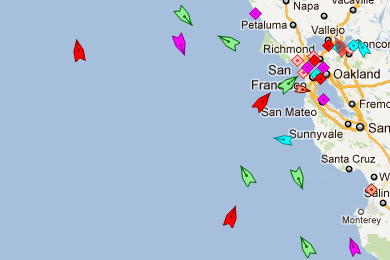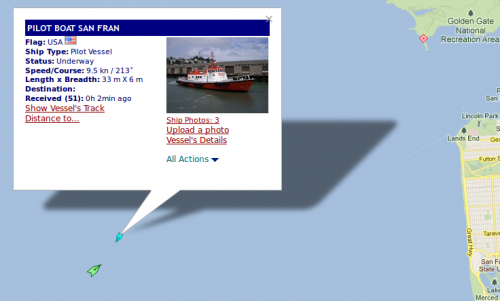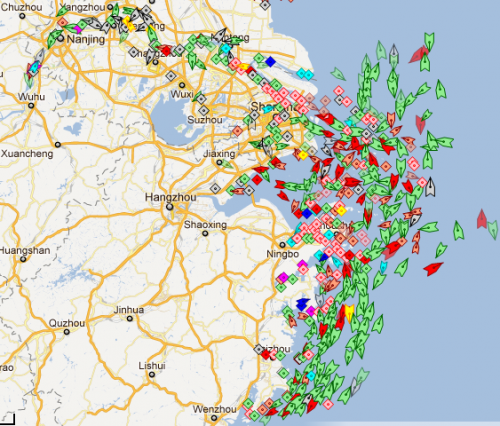Many years ago I was on a team tasked with the installation and set-up of IBM cutting-edge speech recognition technology for a research hospital. After we finished we decided to run some tests.
My colleague grabbed the microphone and said “penis degeneration acyclovir sildenafil citrate”. The system dutifully printed the words on the screen, exactly as he said them.
“What was that?” I asked him.
“I dunno, but I hear doctors say it all the time” he replied with a big grin, as if he was imagining himself putting on a white coat and demanding ten times the salary he was currently earning.
“We need to really test it” I said, not willing to believe the system was as clever as the IBM sales reps were trying to make everyone believe. They said the usual stuff about the biggest dictionary ever and the fastest processor on earth…able to decipher any accent in a single bound, yada, yada.
I pulled the microphone away and said “What’s for lunch?”
The screen was blank, the disk access lights were blinking, and then the screen typed “lorazepam soma heartburn”.
“Not what I was expecting but this thing might actually be genius” I said as my colleagues rolled on the floor laughing at it.
I tried again by saying “Make me a peanut butter and jelly sandwich!” It delayed, delayed some more and then printed “vitrectomy paroxetine aloe vera detoxification ciprofloxacin.”
“Yup, perfect. Looks ready for production” I said as we all giggled our way to the project manager’s office.
That’s the story that comes to mind when I read the exciting news of IBM’s latest artificial intelligence project, Watson. But before I get ahead of myself, take a look at the obvious and ironic flaws in IBM’s marketing strategy.
Financial services is the “next big one for us,” said Manoj Saxena, the man responsible for finding Watson work. IBM is confident that with a little training, the quiz-show star that can read and understand 200 million pages in three seconds can make money for IBM by helping financial firms identify risks, rewards and customer wants mere human experts may overlook.
Maybe it’s just me but why is some guy hired by IBM to tell Watson where to work? It’s the smart one, right? Ask Watson whether financial services is the “next big one” and see what this Jeopardy-winning machine says. My guess is it will pop out something like “Defence Industry for $1 trillion, Alex”.
The humans of IBM seem to say they choose target markets for Watson based on how much was spent on technology in the past. Isn’t that exactly the kind of analysis Watson was made for?
Banks spent about $400 billion on information technology last year, said Michael Versace, head of risk research at International Data Corp’s Financial Insights, which has done research for IBM.
I find it also ironic that the name of the guy tracking where the money goes is Versace. What if Watson was focused on risk in the retail industry? A lot of money can be made from predicting who will continue to buy Versace.
But seriously, banks took a massive hit in the 2008 crisis and have been cutting back budgets. Spending $400 billion on IT is a single data point not a trend and it certainly is not a prediction. Yet IBM doesn’t seem worried.
Watson “can give an edge” in finance, said Stephen Baker, author of books The Numerati and Final Jeopardy, a Watson biography. “It can go through newspaper articles, documents, SEC filings, and try to make some sense out of them, put them into a context banks are interested in, like risk.”
Perhaps the real question they should be asking Watson is whether it can predict or find the junk, toxic loans and Bernie Madoff schemes. But that is the part of the story IBM is probably not happy to discuss. While they will always tell you it can outrun human processing they tend not to talk about the dark side of that equation — it can make mistakes faster than ever before and might not be able to recognise when it has based itself on humans’ faulty logic.
I tried to highlight this quandary in my BSidesLV presentation last year “2011: A Cloud Odyssey“. Aside from simple error in automation, automation of human thought can also mean accelerating the wrong decision or having too much confidence in a decision. HAL killed the crew of his ship when he (mistakenly) thought they would jeopardise the mission.
Watson isn’t as powerful as HAL, of course, and probably will be managed better. If you think of it as a CPU, a fast tool, the level of risk seems far more reasonable. Unfortunately we humans always are tempted to personalise computers and see them as thinking, sensing machines…only to realise too late our deepest questions will be answered with nonsense (e.g. “42“).
A first person account of Watson that was sent to me seems far more reasonable in perspective and explanation of limitations than the predictably glowing marketing statements from IBM.
It fails mostly when leaps of creative thinking are required. The kind of thing humans can do quickly and computers can’t. Otherwise it searches (and seems to add to) its knowledge base much as humans do, only way way faster. Perfect (almost) for Jeopardy. Or for assisting with diagnosing medical conditions.
That sounds like something Watson might agree with.
Update: a decade later in 2022, Watson has been scrapped for trying to kill patients.









